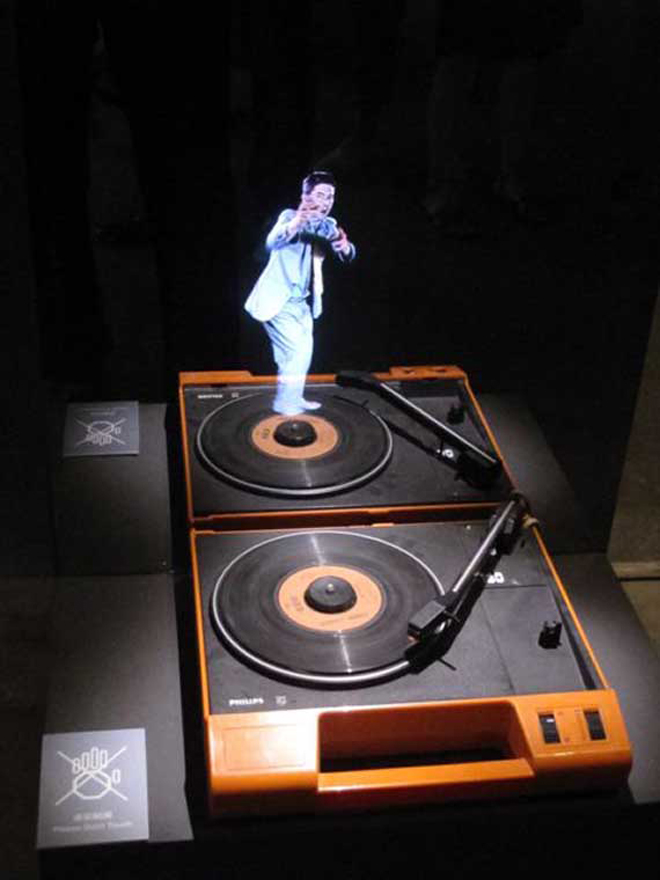“Augmented Senses: a China-France Media Art Exhibition,” with various artists.
OCT Suhe Creek Gallery (1016 North Suzhou Road, Shanghai) Jun 28 – Jul 31, 2011, Opening: Tuesday, June 28, 6 pm to 8 pm
On June 28, the Shanghai scene turned out for warm canapés and skimpy glasses of Freixinet and gossiped while the legions of lingdaos appeared on the stage to welcome us to the Suzhou Creek Art Gallery. Not to be confused with the now-defunct Creek Art a few blocks away, the Suzhou Creek Art Gallery opened with little fanfare in December of last year and is an offshoot of the fairly well-respected OCT Contemporary Art Terminal in Shenzhen.
While the English name bears the word “gallery,” the Chinese name is “Suzhou Creek Bend Art Museum.” This little discrepancy in naming, though probably unintentional, highlights the lack of distinction between “gallery” and “museum” in China. Funded by the real estate company OCT Land, the Gallery will occasionally share programming with its Shenzhen sister; given their inconsistent programming to date, we hope they do this more often. The museum is housed in the former China Industrial Bank, an Art Deco building along the north bank of the Suzhou Creek. The space is not yet fully renovated and the exhibition was held on the bottom floor, but the museum has plans to have 10,000 sqm of exhibition space in the future.
“Augmented Senses” is the second exhibition; the first, “History and Creation,” seems like an unenlightening government propaganda show about city planning and history while the third, “The Legend of Luo Xu” (罗旭), will feature the somewhat cheesy paintings of said artist.
“Augmented Senses: A China-France Media Art Exhibition,” curated by Charles Carcopino and Yan Xiaodong, is part of the Croissements Festival — a yearly arts fest dedicated to Sino-French artistic collaborations.
The show featured a number of works by Chinese media art personalities: Hu Jieming, Du Zhenjun and aaajiao (Xu Wenkai), plus a number of French video artists. Standout works included “Akousmaflore” by French collective Scenoscosme — a series of seemingly innocent-looking hanging plants which, when touched by visitors, would emit a series of digital blips and bleeps; and also Lin Jun-Ting’s “Page II,” a light installation which, using projections and copious amounts of dry ice, created the effect of walking into a vortex — a work that just in terms of pure thrills, leaves the hokey Bund Tourist Tunnel in the dust. Overall the show offered some very strong pieces (Pierre-Laurent Cassière’s “Vent Tendu” a long steel cable which emitted audible vibrations, for instance), but lacked coherence, treating the artists more as technicians, with many of the wall texts largely devoted to explaining the mechanics of the artworks rather than the ideas behind them.

Only because media art is so relatively new can curators get away with doing a random “Media Art Show.” For comparison, just try replacing “Media Art” with “Painting Show.” We need to overcome our fascination with the flashing lights and learn to think critically about curating media art as art, not just as a separate medium on it’s own — ghettoized like a little side show.